

At Bridgestone, our dream is to become a truly global enterprise and to establish the Bridgestone brand as the undisputed world No. 1 brand in both name and substance. Across the globe, our entire team is focused on achieving this goal.
The roots of our dream date back to the establishment of Bridgestone Tire Co., Ltd. in 1931. Anticipating the future potential of tires for passenger cars and the international development of the business, founder Shojiro Ishibashi used an English translation of his surname for the name of the company. Even then he may indeed have been dreaming of the future of the Bridgestone Group.
As Japan’s automobile industry grew, The Bridgestone Group expanded its business to become Japan’s largest tire manufacturer. The company also actively expanded overseas, particularly in Asia. In 1988, the company acquired The Firestone Tire & Rubber Company, a well respected global corporation with a venerable history of its own. This transformed Bridgestone into one of the world’s largest tire and rubber companies and created a global team dedicated to serving customers worldwide with the highest level of quality, service and technology.
We hope this introduction to our company will provide you with a deeper understanding of the Bridgestone Group’s strengths, as well as our future direction.
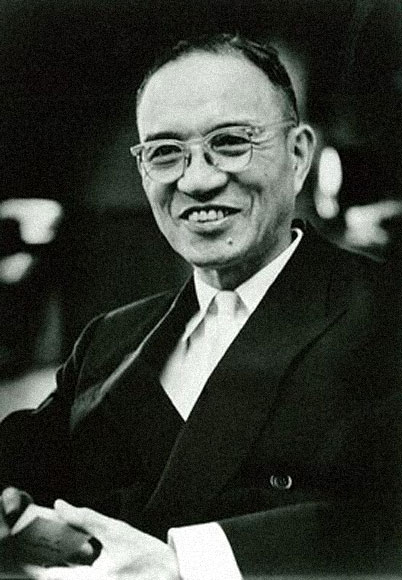
Founder Shojiro Ishibashi
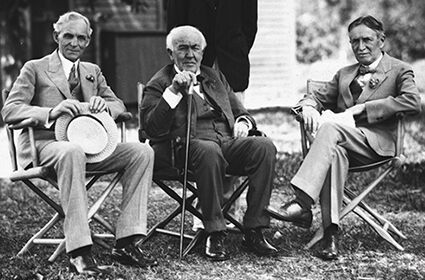
Lifelong friends, Harvey S. Firestone (right), founder of The Firestone Tire & Rubber Company, Thomas Edison (center), and Henry Ford (left)
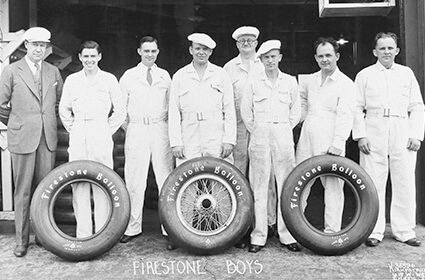
The “Firestone Boys” proudly show off the new gum-dipped balloon tires that first appeared at the 1925 Indianapolis 500. Firestone brand remains the exclusive tire of the Indianapolis 500 and the IndyCar Series.)
As a seventeen year old, Shojiro Ishibashi took over his family clothing business in Kurume, Fukuoka Prefecture in 1906. Shojiro’s ambitious dream was to dedicate his life to contributing to the nation of Japan above and beyond the work of his family business. His list of accomplishments is impressive: including: specialization in tabi Japanese traditional socks, reform of the apprentice system, use of a standardized pricing system, creation of Jika-tabi (socks with rubber soles used as work shoes), development of the rubber shoe business and overseas production. Using the capital accumulated from Jika-tabi and the rubber shoe business, Shojiro decided to make tires, which was an industry that didn’t exist in Japan at that time. He believed in the future of motorized transportation in Japan, and he was adamant about producing tires domestically.
We hope this introduction to our company will provide you with a deeper understanding of the Bridgestone Group’s strengths, as well as our future direction.
The very first Bridgestone tire was produced on April 9th, 1930, by the Japan “Tabi” socks Tire Division
Approximately one year after first tire was built, on March 1st, 1931, the founder, Shojiro Ishibashi, made the Japan “Tabi” socks Tire Division independent and established the Bridgestone Tire Co., Ltd. in the city of Kurume, Fukuoka Prefecture.
The Bridgestone Tire Co., Ltd. focused on manufacturing tires based solely on Japanese technology. In the early days, the company experienced many challenges in the areas of technology, production and sales. The company quickly improved its quality and the business rapidly expanded both the domestically and overseas.
Wartime regulations were in effect throughout Japan, which resulted in nearly all of the company’s output being used to satisfy military demand. Although 1945 saw the end of armed conflict, the company had been directly impacted by the war and faced a challenge to rebuild it business operations.
The Bridgestone Tokyo Headquarters building was destroyed during an aerial bombing raid, and all of its overseas assets were lost. Fortunately, the plants in Kurume and Yokohama escaped unscathed, and the company was able to restart production immediately after the war ended. The company overcame many obstacles and eventually emerged from the war as a stronger organization.
In 1961, Bridgestone was listed on the stock exchange—adopted a new management structure with Shojiro Ishibashi as the chairman, and Kanichiro Ishibashi as the president. As part of the management transition, the company adopted the Deming Plan, which involves overall quality control activities. In 1968, Bridgestone earned the prestigious Deming Prize for excellence in quality management.
Additions were built onto the Tokyo plant in 1962 to house the new Technical Center, and a progressive system of research and development was established. On the product front, 1967 saw the sale of its first passenger-vehicle radial tire, the RD-10. Our first overseas plant since the end of the war was opened in Singapore in 1965, and production was also commenced in Thailand in 1969. For Bridgestone, the 60s was an era of overseas expansion that included the establishment of Bridgestone Tire Company of America in 1967 to serve as the company’s U.S. sales headquarters.
The oil shock of the early ‘70’s brought about economic stagnation in Japan. Despite these challenges, during this period Bridgestone was placing even more emphasis on establishing its own technology for the manufacture of radial tires and was building new tire plants in Japan.
Its Super Filler Radial was placed on the market in 1978, and in 1979 the company released the high-performance POTENZA radial tire.
The company actively continued to expand overseas. In addition to beginning production in Indonesia and Iran in 1976, the company invested in a Taiwanese tire manufacturer and purchased a tire plant. In 1980, Bridgestone purchased a plant for manufacturing tires and diversified products in Australia.
During this period of exciting growth and expansion, the Bridgestone family of companies also had to cope with the sad news of the passing of its beloved founder Shojiro Ishibashi who died on September 11, 1976.
At Bridgestone, our dream is to become a truly global enterprise and to establish the Bridgestone brand as the undisputed world No. 1 brand in both name and substance. Across the globe, our entire team is focused on achieving this goal.
The roots of our dream date back to the establishment of Bridgestone Tire Co., Ltd. in 1931. Anticipating the future potential of tires for passenger cars and the international development of the business, founder Shojiro Ishibashi used an English translation of his surname for the name of the company. Even then he may indeed have been dreaming of the future of the Bridgestone Group.
As Japan’s automobile industry grew, The Bridgestone Group expanded its business to become Japan’s largest tire manufacturer. The company also actively expanded overseas, particularly in Asia. In 1988, the company acquired The Firestone Tire & Rubber Company, a well respected global corporation with a venerable history of its own. This transformed Bridgestone into one of the world’s largest tire and rubber companies and created a global team dedicated to serving customers worldwide with the highest level of quality, service and technology.
We hope this introduction to our company will provide you with a deeper understanding of the Bridgestone Group’s strengths, as well as our future direction.

Founder Shojiro Ishibashi

Lifelong friends, Harvey S. Firestone (right), founder of The Firestone Tire & Rubber Company, Thomas Edison (center), and Henry Ford (left)

The “Firestone Boys” proudly show off the new gum-dipped balloon tires that first appeared at the 1925 Indianapolis 500. Firestone brand remains the exclusive tire of the Indianapolis 500 and the IndyCar Series.)
As a seventeen year old, Shojiro Ishibashi took over his family clothing business in Kurume, Fukuoka Prefecture in 1906. Shojiro’s ambitious dream was to dedicate his life to contributing to the nation of Japan above and beyond the work of his family business. His list of accomplishments is impressive: including: specialization in tabi Japanese traditional socks, reform of the apprentice system, use of a standardized pricing system, creation of Jika-tabi (socks with rubber soles used as work shoes), development of the rubber shoe business and overseas production. Using the capital accumulated from Jika-tabi and the rubber shoe business, Shojiro decided to make tires, which was an industry that didn’t exist in Japan at that time. He believed in the future of motorized transportation in Japan, and he was adamant about producing tires domestically.
We hope this introduction to our company will provide you with a deeper understanding of the Bridgestone Group’s strengths, as well as our future direction.
The very first Bridgestone tire was produced on April 9th, 1930, by the Japan “Tabi” socks Tire Division
Approximately one year after first tire was built, on March 1st, 1931, the founder, Shojiro Ishibashi, made the Japan “Tabi” socks Tire Division independent and established the Bridgestone Tire Co., Ltd. in the city of Kurume, Fukuoka Prefecture.
The Bridgestone Tire Co., Ltd. focused on manufacturing tires based solely on Japanese technology. In the early days, the company experienced many challenges in the areas of technology, production and sales. The company quickly improved its quality and the business rapidly expanded both the domestically and overseas.
Wartime regulations were in effect throughout Japan, which resulted in nearly all of the company’s output being used to satisfy military demand. Although 1945 saw the end of armed conflict, the company had been directly impacted by the war and faced a challenge to rebuild it business operations.
The Bridgestone Tokyo Headquarters building was destroyed during an aerial bombing raid, and all of its overseas assets were lost. Fortunately, the plants in Kurume and Yokohama escaped unscathed, and the company was able to restart production immediately after the war ended. The company overcame many obstacles and eventually emerged from the war as a stronger organization.
In 1961, Bridgestone was listed on the stock exchange—adopted a new management structure with Shojiro Ishibashi as the chairman, and Kanichiro Ishibashi as the president. As part of the management transition, the company adopted the Deming Plan, which involves overall quality control activities. In 1968, Bridgestone earned the prestigious Deming Prize for excellence in quality management.
Additions were built onto the Tokyo plant in 1962 to house the new Technical Center, and a progressive system of research and development was established. On the product front, 1967 saw the sale of its first passenger-vehicle radial tire, the RD-10. Our first overseas plant since the end of the war was opened in Singapore in 1965, and production was also commenced in Thailand in 1969. For Bridgestone, the 60s was an era of overseas expansion that included the establishment of Bridgestone Tire Company of America in 1967 to serve as the company’s U.S. sales headquarters.
The oil shock of the early ‘70’s brought about economic stagnation in Japan. Despite these challenges, during this period Bridgestone was placing even more emphasis on establishing its own technology for the manufacture of radial tires and was building new tire plants in Japan.
Its Super Filler Radial was placed on the market in 1978, and in 1979 the company released the high-performance POTENZA radial tire.
The company actively continued to expand overseas. In addition to beginning production in Indonesia and Iran in 1976, the company invested in a Taiwanese tire manufacturer and purchased a tire plant. In 1980, Bridgestone purchased a plant for manufacturing tires and diversified products in Australia.
During this period of exciting growth and expansion, the Bridgestone family of companies also had to cope with the sad news of the passing of its beloved founder Shojiro Ishibashi who died on September 11, 1976.
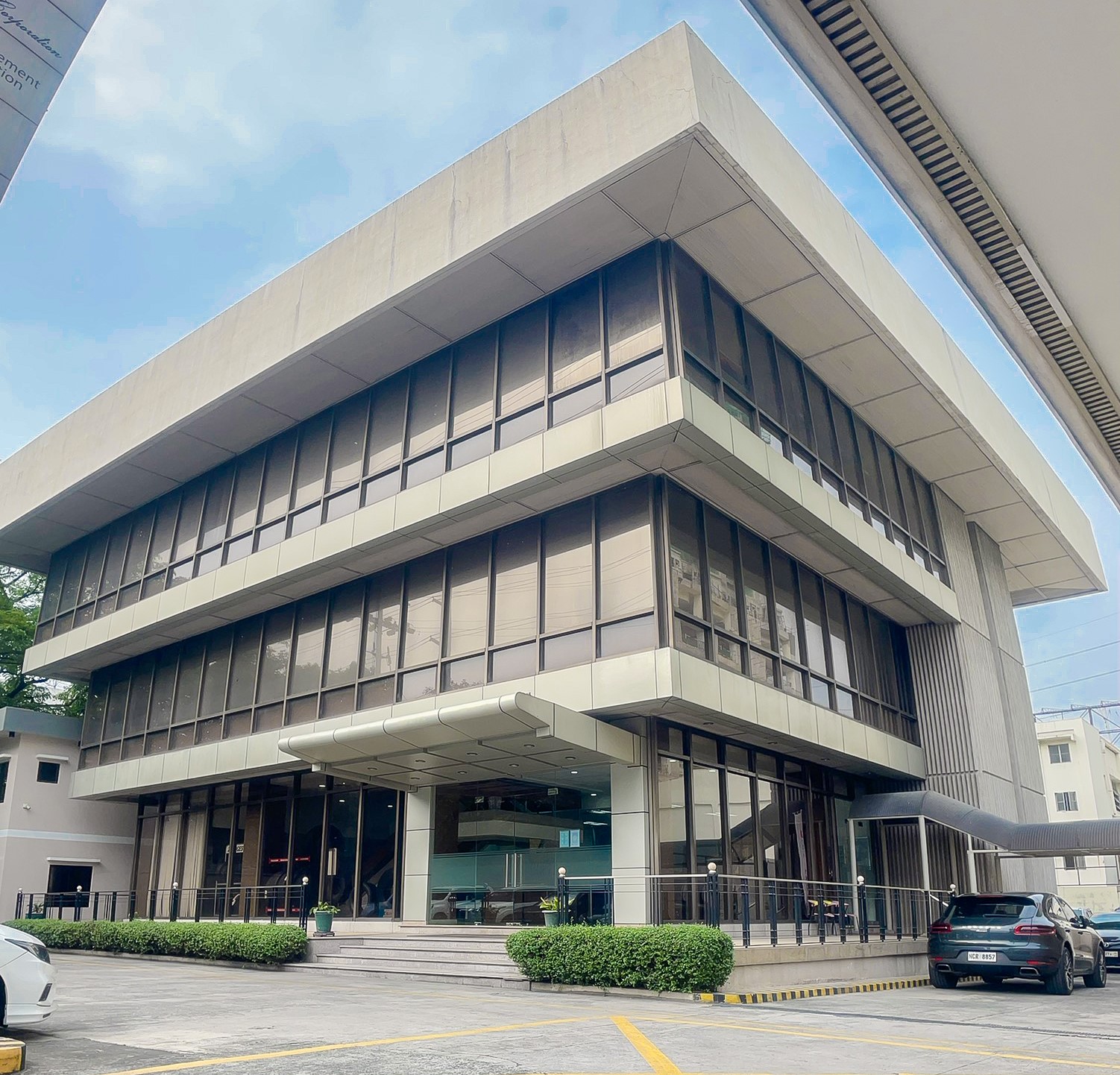


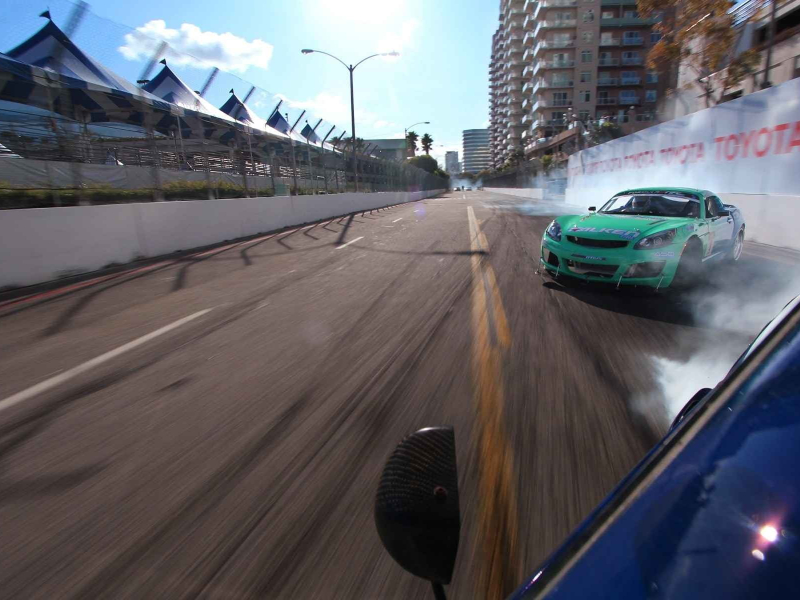
> Serving Society with Superior Quality
> “Seijutsu-Kyocho”
[Integrity and Teamwork]
> “Shinshu-Dokuso”
[Creative Pioneering]
> “Genbutsu-Genba”
[Decision-Making Based on Verified, On-Site Observation]
> “Jukuryo-Danko”
[Decisive Action after Thorough Planning]
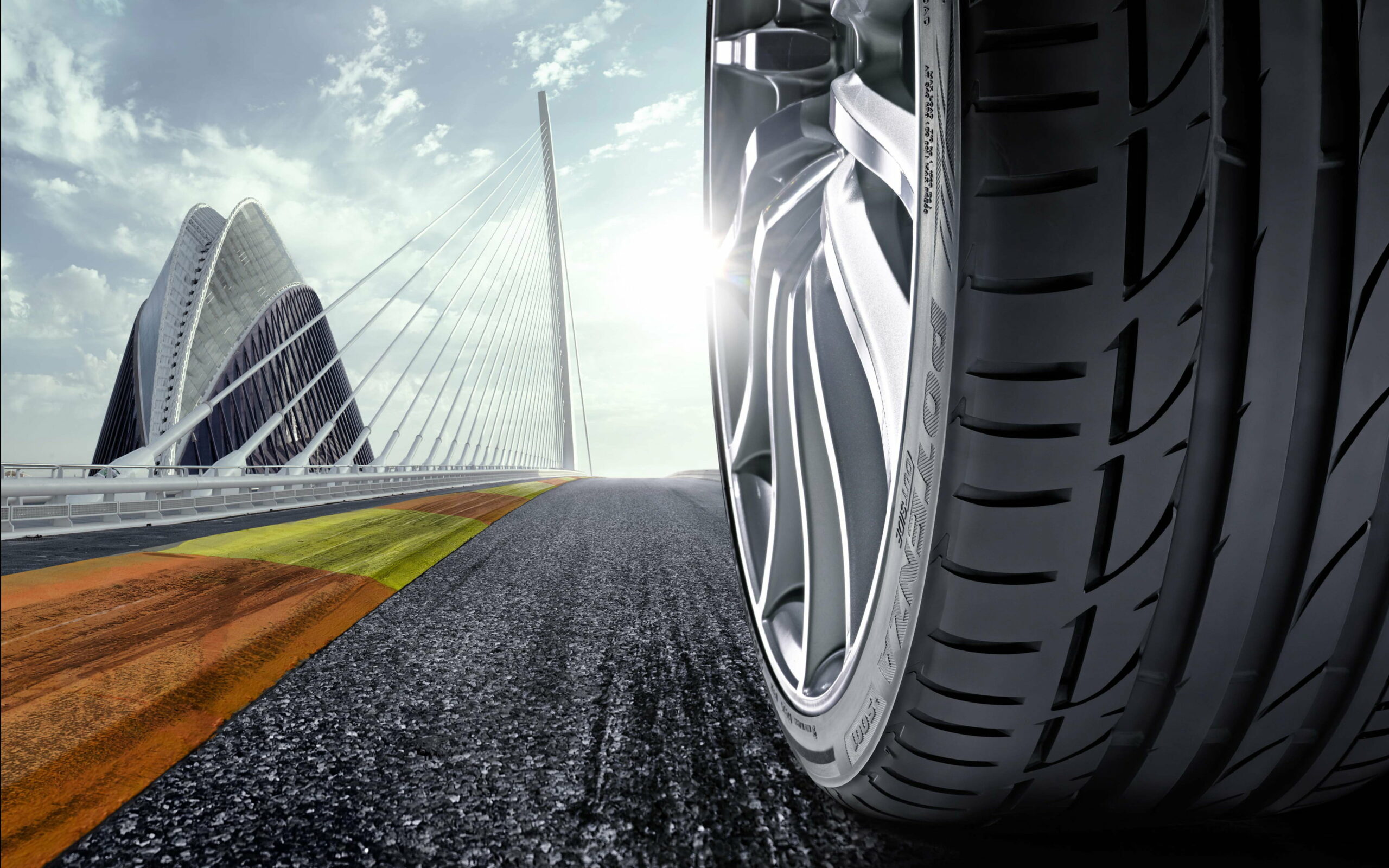

For the sake of the Earth,
which future generations of children have entrusted in our care.
Together with you.
Toward 2050, Bridgestone is evolving into a sustainable solutions company.
Born of our enduring Bridgestone values, this is our personal EB Commitment
to support the realization of a sustainable society.
For the sake of the Earth,
which future generations of children have entrusted in our care.
Together with you.
Toward 2050, Bridgestone is evolving into a sustainable solutions company.
Born of our enduring Bridgestone values, this is our personal EB Commitment
to support the realization of a sustainable society.
For the sake of the Earth, which future generations of children have entrusted in our care. Together with you.
Toward 2050, Bridgestone is evolving into a sustainable solutions company. Born of our enduring Bridgestone values, this is our personal EB Commitment to support the realization of a sustainable society.
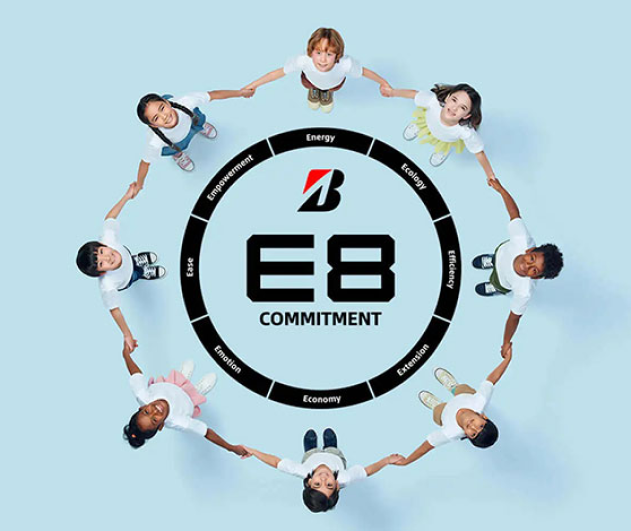
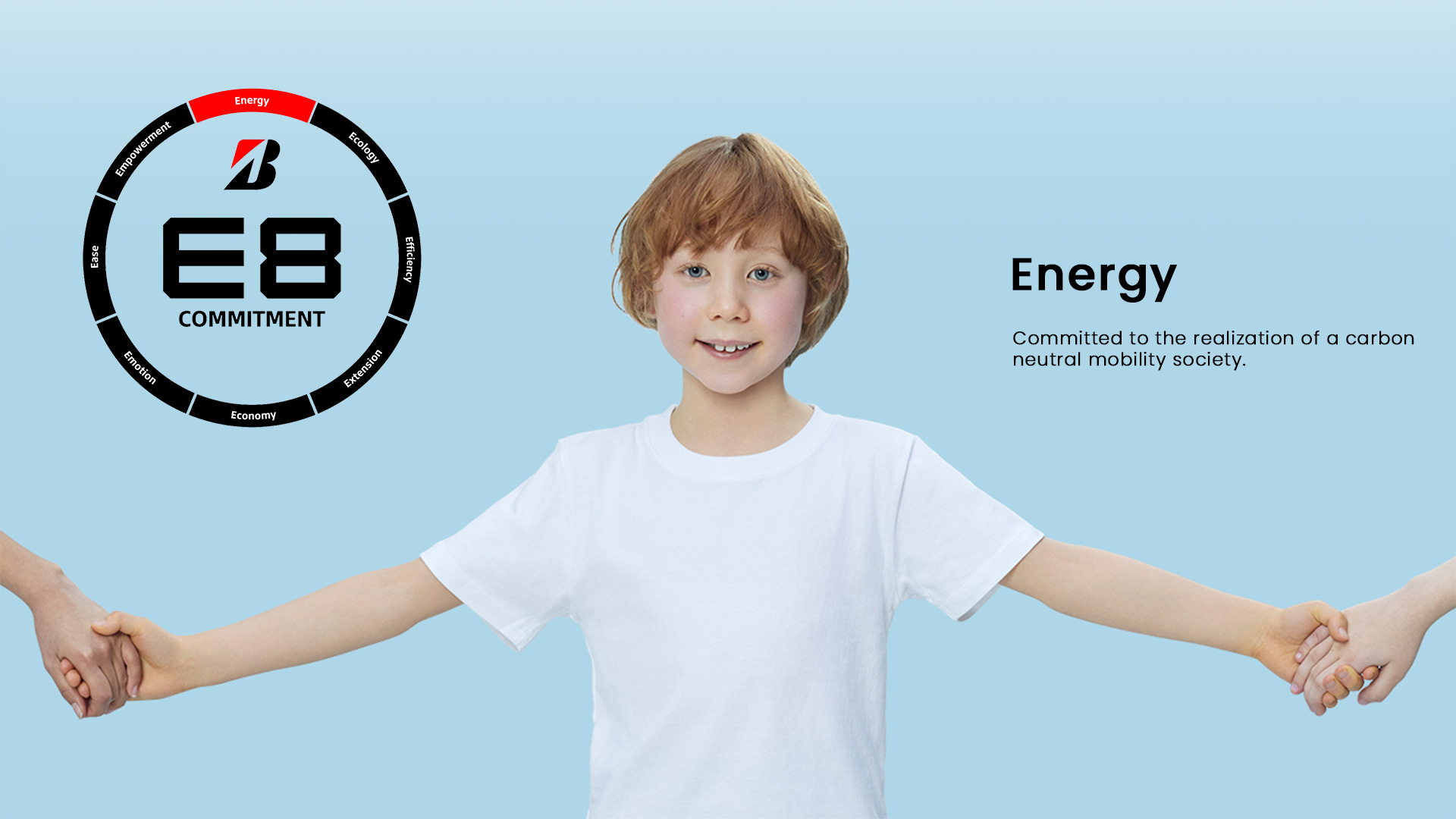





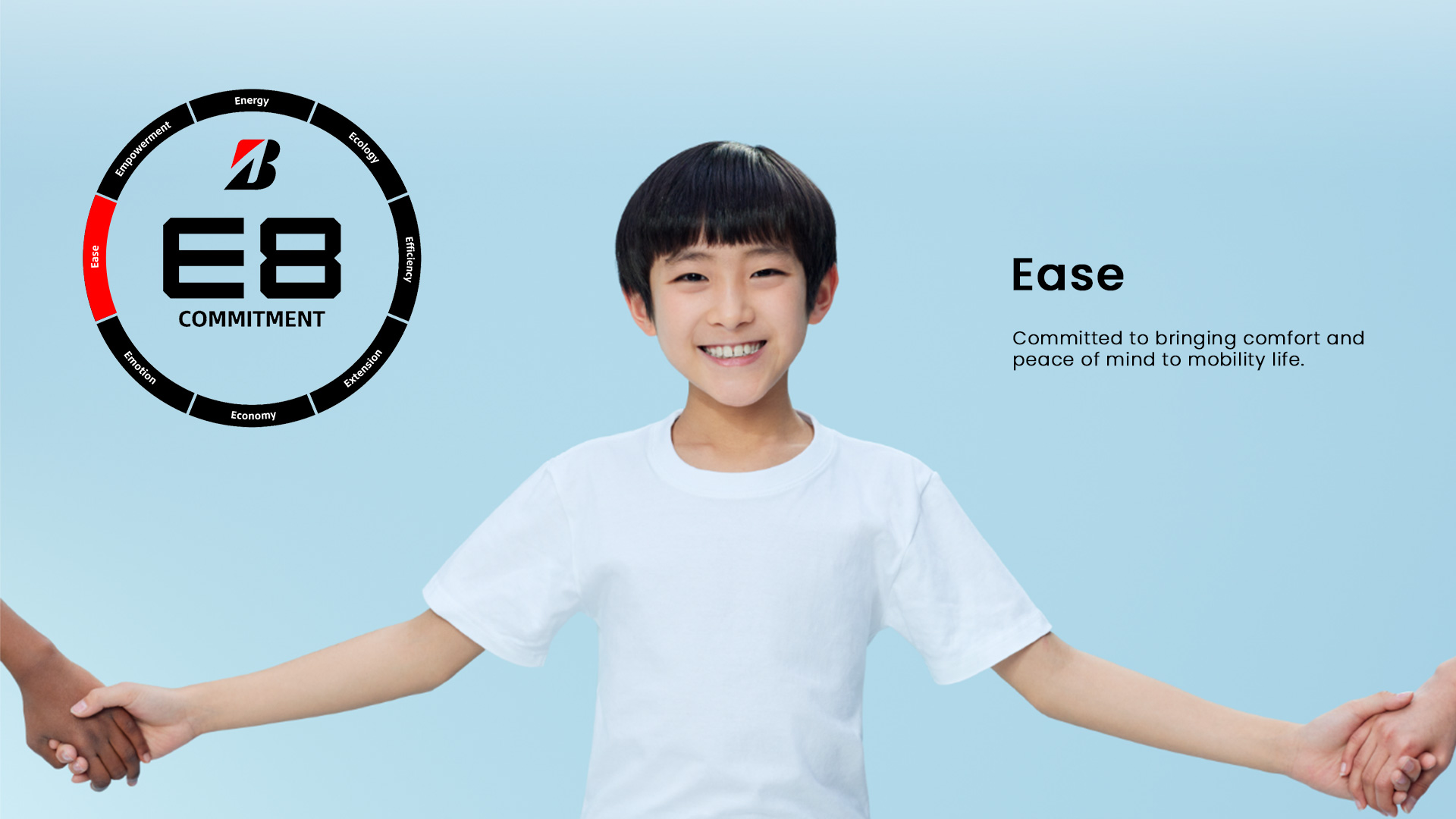

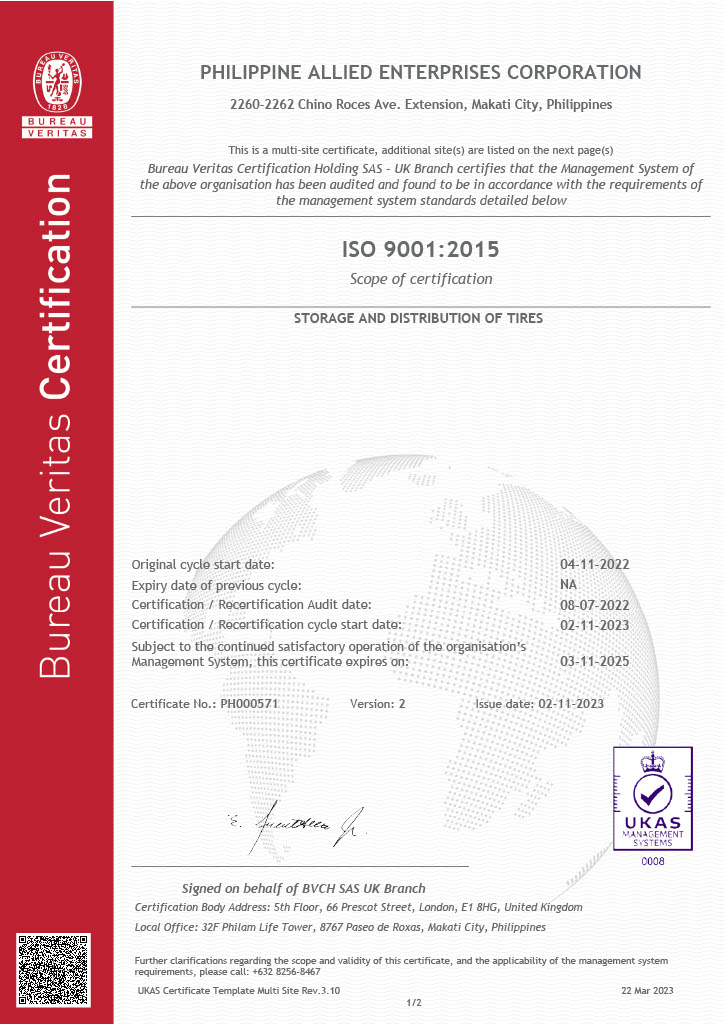
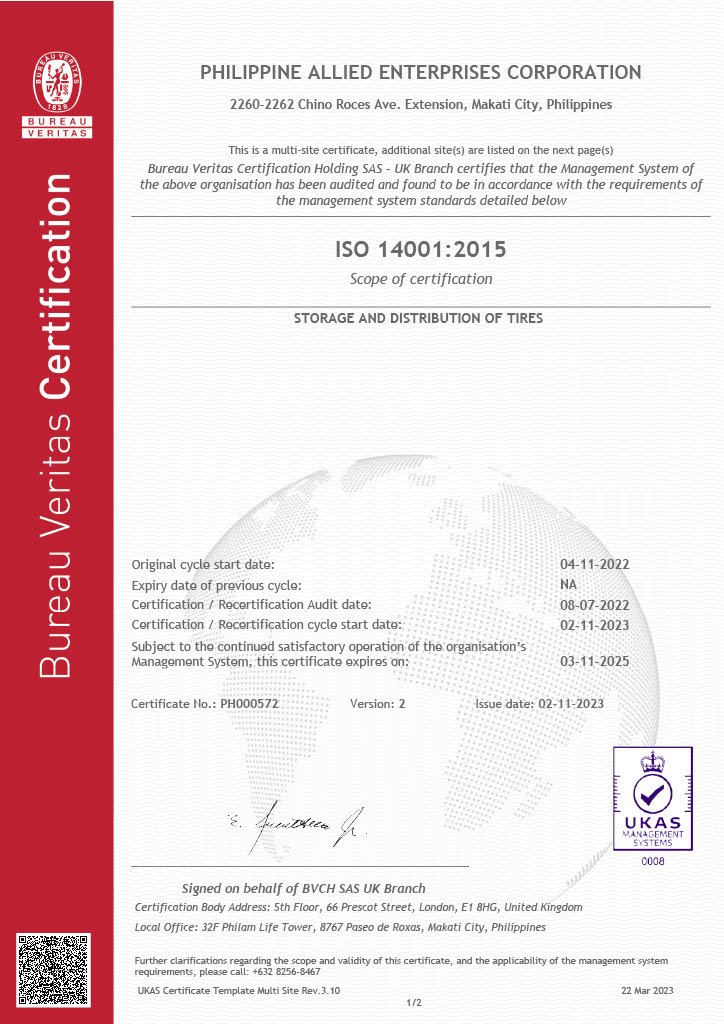
© 2023 All Rights Reserved, Philippine Allied Enterprises Corporation

The exclusive distributor of Bridgestone tires in the Philippines